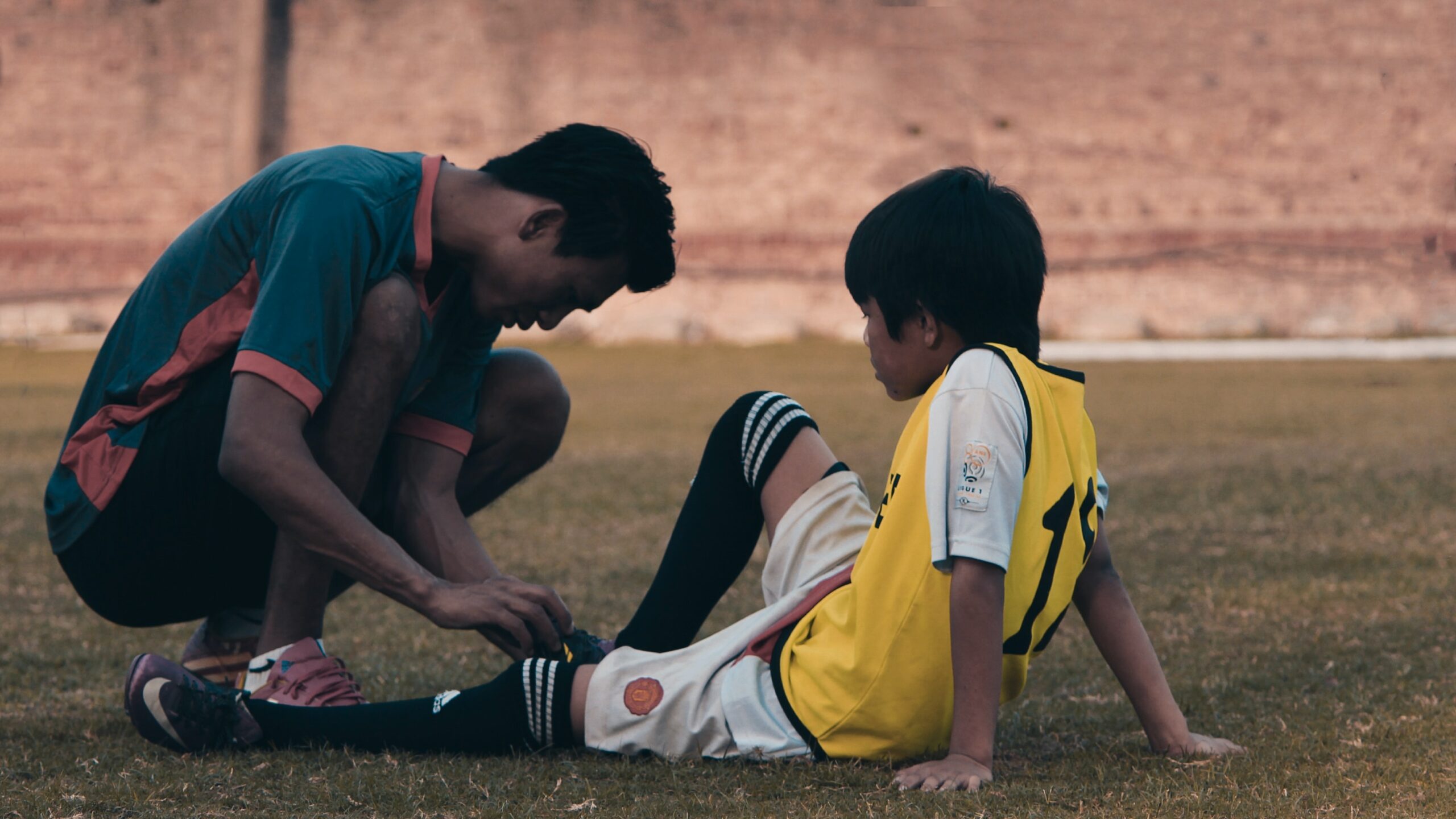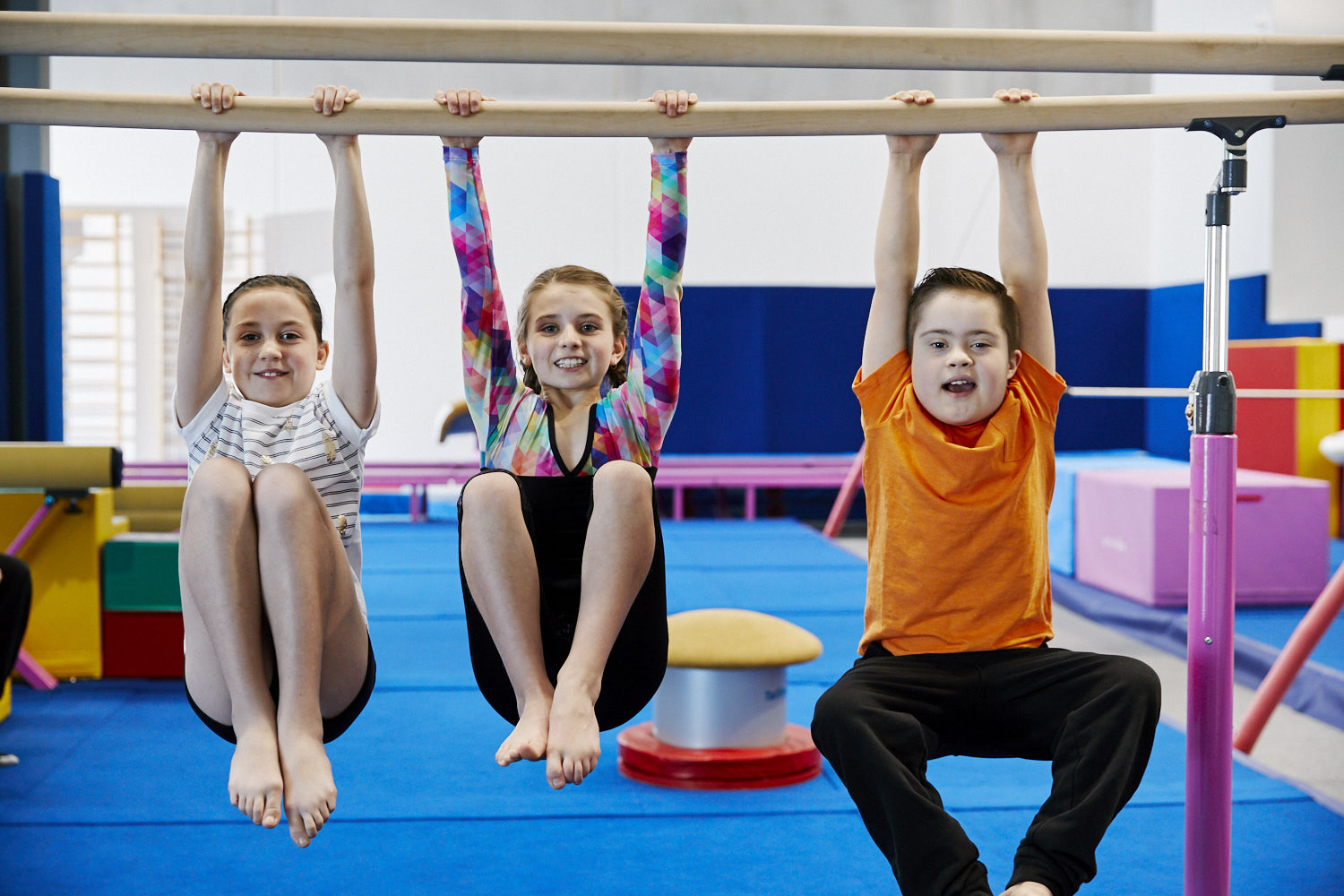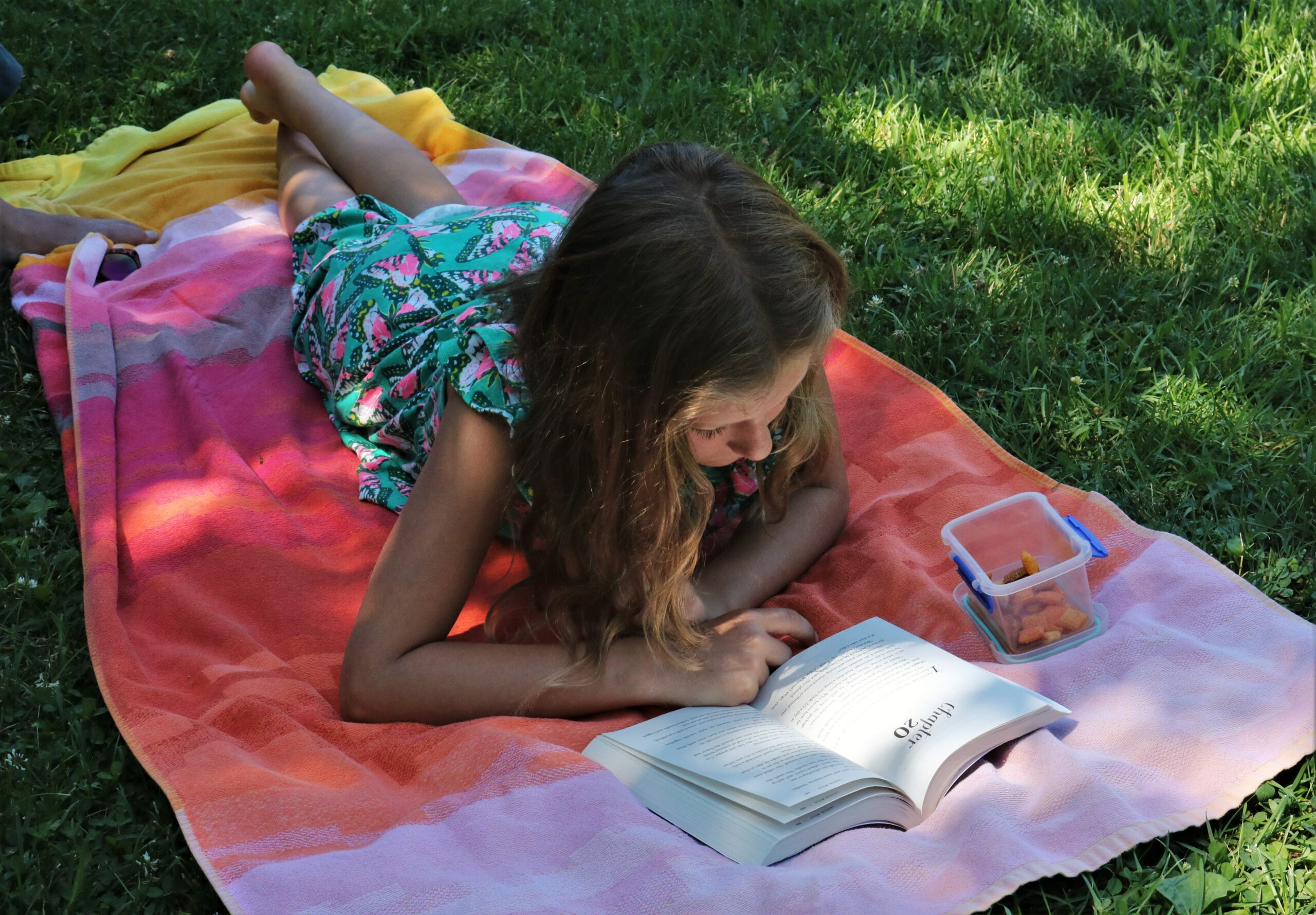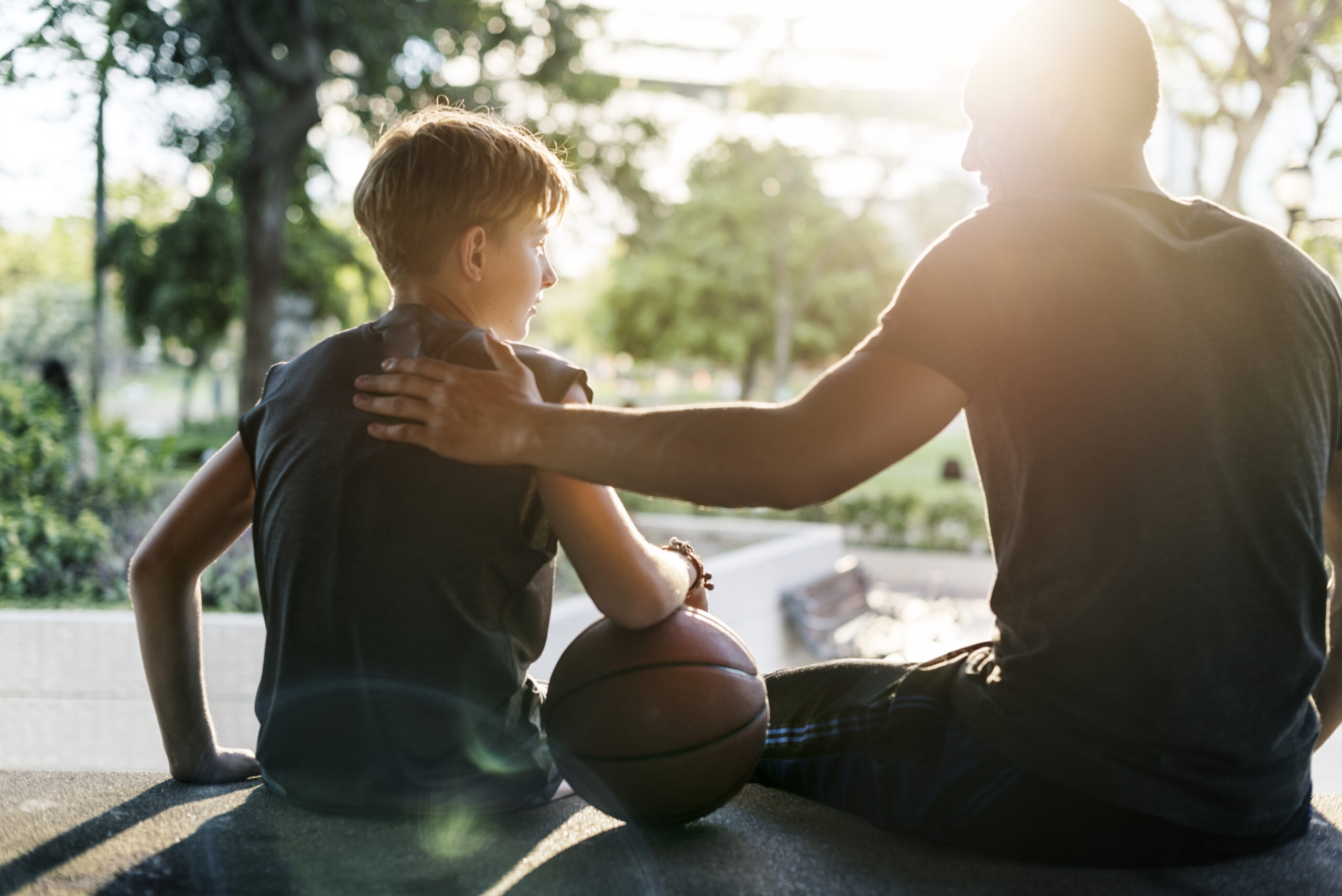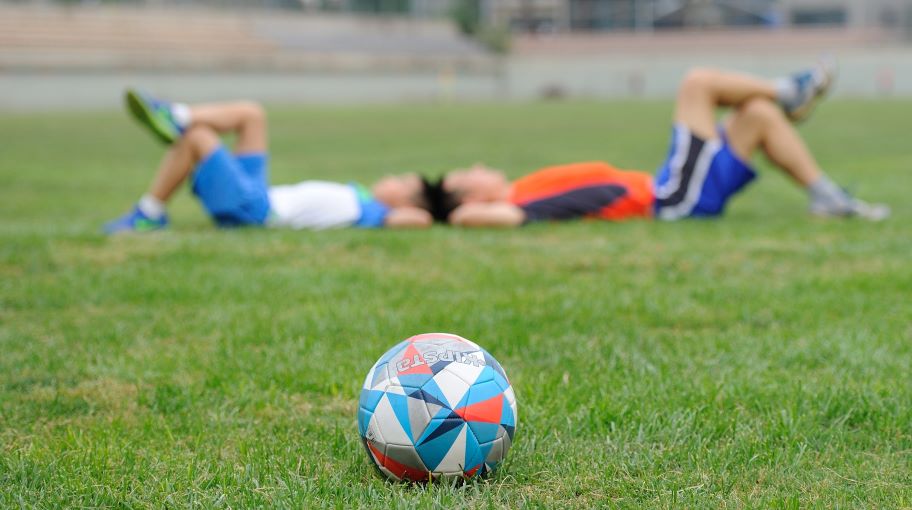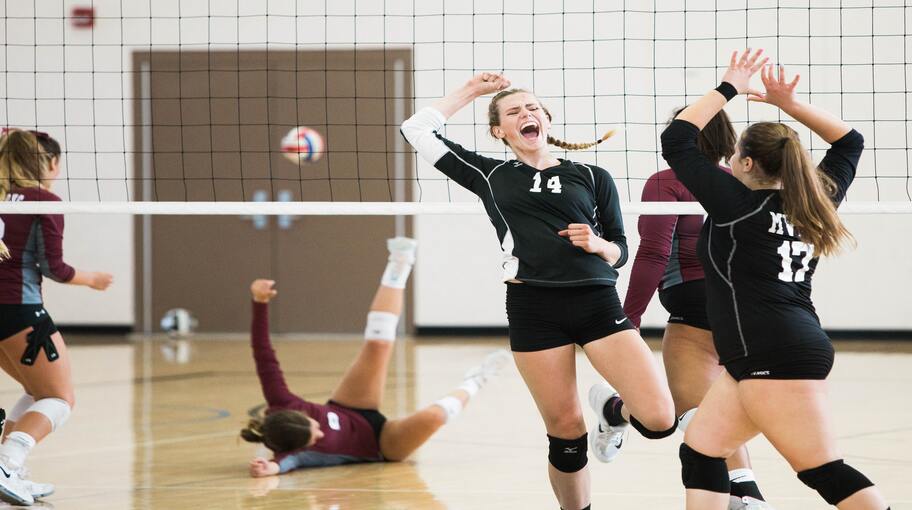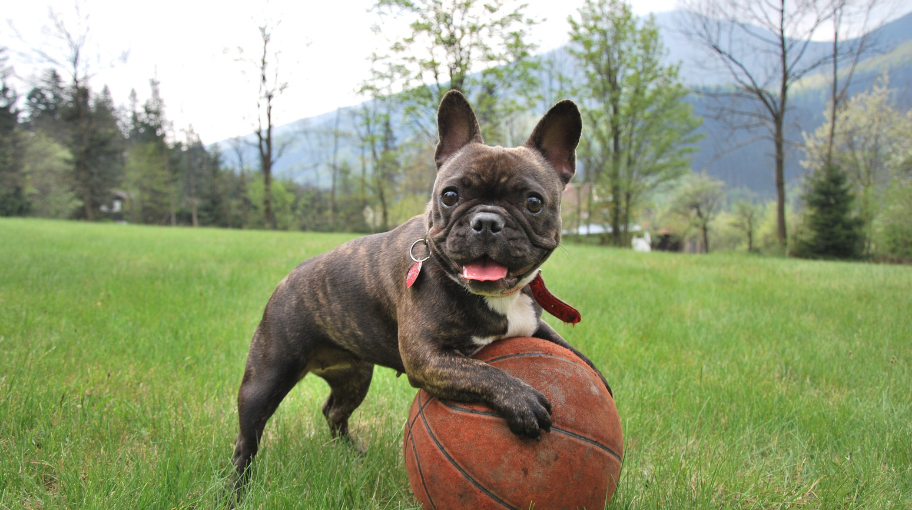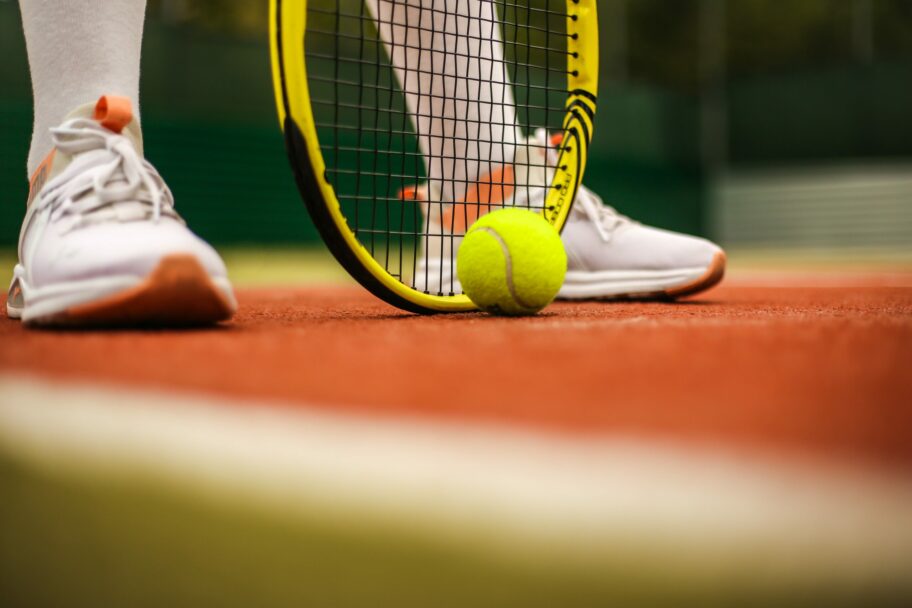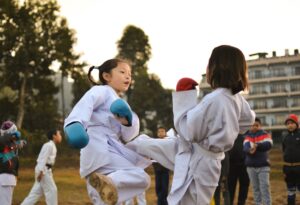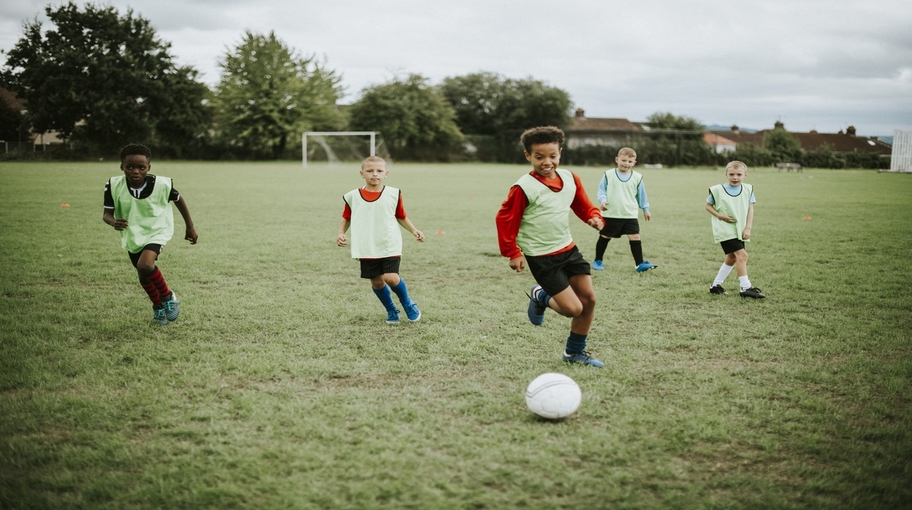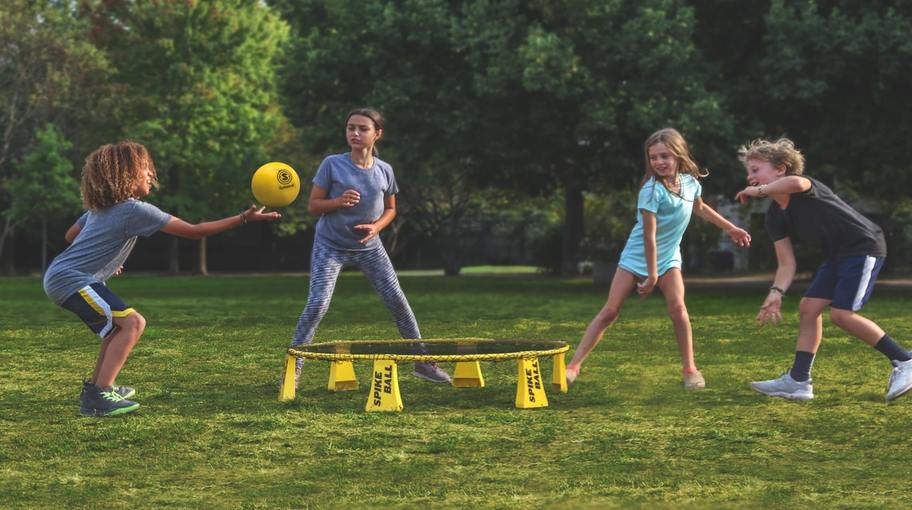Preventing kids sports injuries can be a concern for parent’s. As sports and physical activity participation is essential to a child’s growth and development. It not only encourages physical health but also instils crucial life skills like cooperation, self-control, and persistence. The hazards of injuries do, however, come along with the many advantages of sports, particularly for children and teenagers whose developing bodies may be more vulnerable. Injury prevention must be a top priority for parents, coaches, and guardians if we want to protect our young athletes’ health and long-term enjoyment of sports. Here are some helpful pointers for protecting kids and teenagers from sports-related injuries so they can succeed while staying safe.
Proper Warm-Up and Cool-Down
A proper warm-up and cool-down program is one of the key components in preventing sports injuries. Children and teenagers should warm up their muscles with easy exercises like jogging or stretching for at least 10-15 minutes before engaging in any physical activity. Effective warming up enhances blood flow to the muscles, resulting in more flexible, injury-resistant muscles. A cool-down technique after the activity aids in muscular relaxation and recovery, lowering the possibility of cramps and sprains. Instilling in young athletes the value of these practices can create lifelong habits that prevent injuries.
Age-Appropriate Activities
It’s crucial to match a child’s age and developmental stage with the type and intensity of sport. Children’s bodies might not be prepared for the physical demands if they are pushed into activities designed for adult athletes, which can result in overuse injuries. To choose the best activities, it’s essential to speak with specialists in pediatric sports medicine or coaches who focus on youth development. Encourage youngsters to participate in age-appropriate sports and activities to reduce the chance of injury and help them develop their skills and physical capacities over time.
Proper Gear and Equipment
Injury risk can be considerably decreased with the appropriate gear and apparatus. Ensure that children and teenagers are dressed appropriately for their chosen sport and have the necessary footwear, and protective equipment (helmets, pads, etc.). To uphold safety requirements, inspect equipment frequently and replace it as necessary. Purchasing well-fitting, high-quality equipment not only improves performance but also adds an extra layer of safety, lowering the risk of mishaps and injuries on the field or court.
Recognize Signs of Overuse
Parents, teachers, and coaches should be alert to the warning indications of overuse injuries, which include chronic discomfort, decreased function, or changes in gait. If not treated right once, overuse injuries, which frequently originate from recurrent stress on the same muscles and joints, can progress to more serious disorders. Parents and coaches can intervene and stop small problems from turning into crippling injuries by being knowledgeable about these warning signals and encouraging young athletes to express discomfort or pain. If we don’t intervene on time, negligence can lead to an injury, which can later lead to a professional TPD claim by professionals who handle these things for a living, and that’s why paying special attention to these things is a must.
Hydration and Nutrition
Nutrition and hydration are crucial components in injury prevention. To avoid dehydration, remind youngsters to drink water prior to, during, and after physical activity. Muscle cramping, heat-related disorders, and poor athletic performance can result from dehydration. A balanced diet rich in critical nutrients also promotes the health of the muscles and bones, lowering the incidence of fractures and overuse injuries. Teach young athletes the value of providing their bodies with the proper nutrition in order to maximize their energy levels and general well-being.
Technique and Coaching
Sports injuries can be avoided with the help of skilled coaching. Coaches should place a strong emphasis on good form, showing kids and teenagers how to perform exercises safely. Encourage open dialogue between parents, athletes, and coaches to address any worries about the training regimen or overbearing pressure. It’s crucial to foster an atmosphere in which athletes feel at ease talking about their physical limitations or discomfort. Young athletes can achieve their full potential while remaining injury-free with the support of proper coaching, which promotes injury prevention in addition to skill development. Lastly, enrolling your children in a sports coaching clinic can be a way of fast-tracking their skill and technique improvement, reducing the likelihood of injury too.
Rest and Recovery
Young athletes frequently suffer injuries as a result of overtraining. Make sure that children have enough downtime in their routines so that their bodies can rest. This covers both recovery time in between workouts and getting enough sleep, which is essential for avoiding injuries and maintaining good health. The body’s natural recuperation process, sleep, allows muscles to build and mend. Young athletes can retain their peak performance while lowering their risk of injuries and burnout by emphasizing the value of rest and recovery as a crucial component of their training schedule.
Parents, coaches, and the young athletes themselves all share responsibilities for protecting children and teenagers from sports-related injuries. We can make sure that our kids gain physically and emotionally from sports while reducing the chance of damage by implementing these thorough suggestions. Together, we can build a supportive environment that will enable our aspiring athletes to flourish, enabling them to realize their full potential and fully appreciate their athletic experience.
